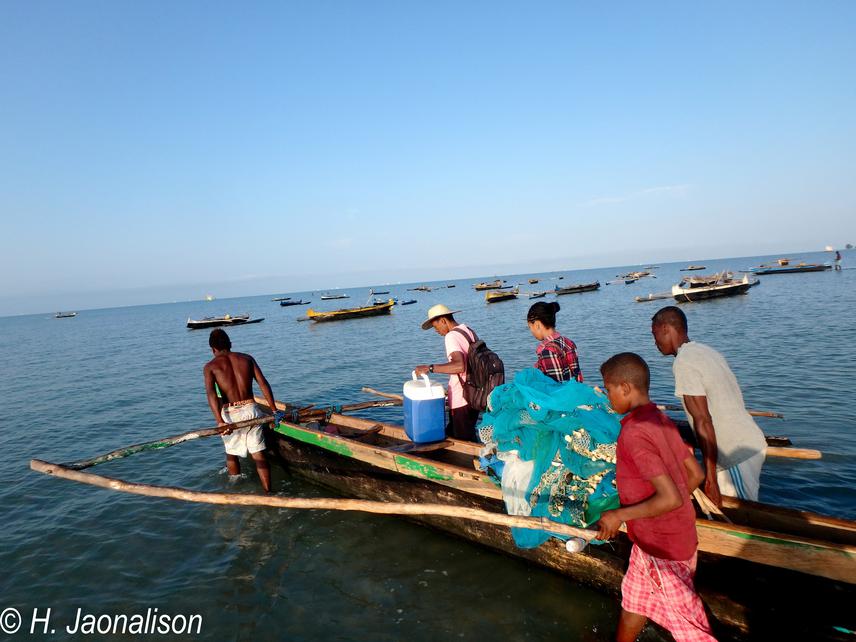Henitsoa Jaonalison
The western Indian Ocean (WIO) is considered as a secondary hotspot for marine fishes. However, fish biodiversity has been understudied in Madagascar and is heavily exploited by traditional fishers using a variety of fishing gears. The present project aims to use traditional fishermen catches as an intensive, non-selective sampling tool for studying the fish biodiversity in southwest Madagascar coastal habitats. It will result in a better assessment of the fish diversity which is poorly known in this part of the world. This work will (a) assess the diversity of juvenile and adult fishes caught by the traditional fishermen; (b) describe the habitat structure of the fishing areas; (c) identify the main nursery area as fisher’ catches are largely composed of juvenile fish; and (d) propose conservation scenarios to local communities.

The catches of the traditional fishermen will be sampled for six months of warm period. Their catches will be then analyzed in the lab where the project team will take high definition photography, and preserve fish samples for DNA Barcoding analyses in order to identify the juveniles and adults fish at the lowest taxonomic level. As the traditional outrigger canoes (a small sailing traditional boat) will be equipped with a small waterproof GPS tracker, the main fishing areas will be easily located to conduct an underwater survey for describing the benthic habitat. As the fishermen’s catches comprise a large part of juveniles fish, this project will thus allow identifying the most important nursery areas through the analyses of fish diversity and their habitat structure. A better knowledge of fish ecology will eventually lead to consider the protection of the most important nursery areas. This protection would increase young fish survival and thus significantly improve their recruitment success in adult populations.
Moreover, some endangered species such as pipefishes, seadragons and seahorses (syngnathids) are also present in the traditional fisher catches as a bycatch. Such information will allow to ultimately protecting the most important areas for these fishes. One of the impediments constraining the development of research linked to conservation of endangered fish species is the lack of identification tools for identifying the specimen at specie level. By using DNA barcoding, our work will contribute to the elaboration of an identification guide for marine fishes in the western Indian Ocean based on high definitions pictures of precisely identified specimens. This identification guide and the adopted monitoring tools will help developing marine conservation strategies in Madagascar in the future.
The project team is composed by:
- Henitsoa Jaonalison (team leader)
- Faustinato Behivoke
- Radonirina Lebely.